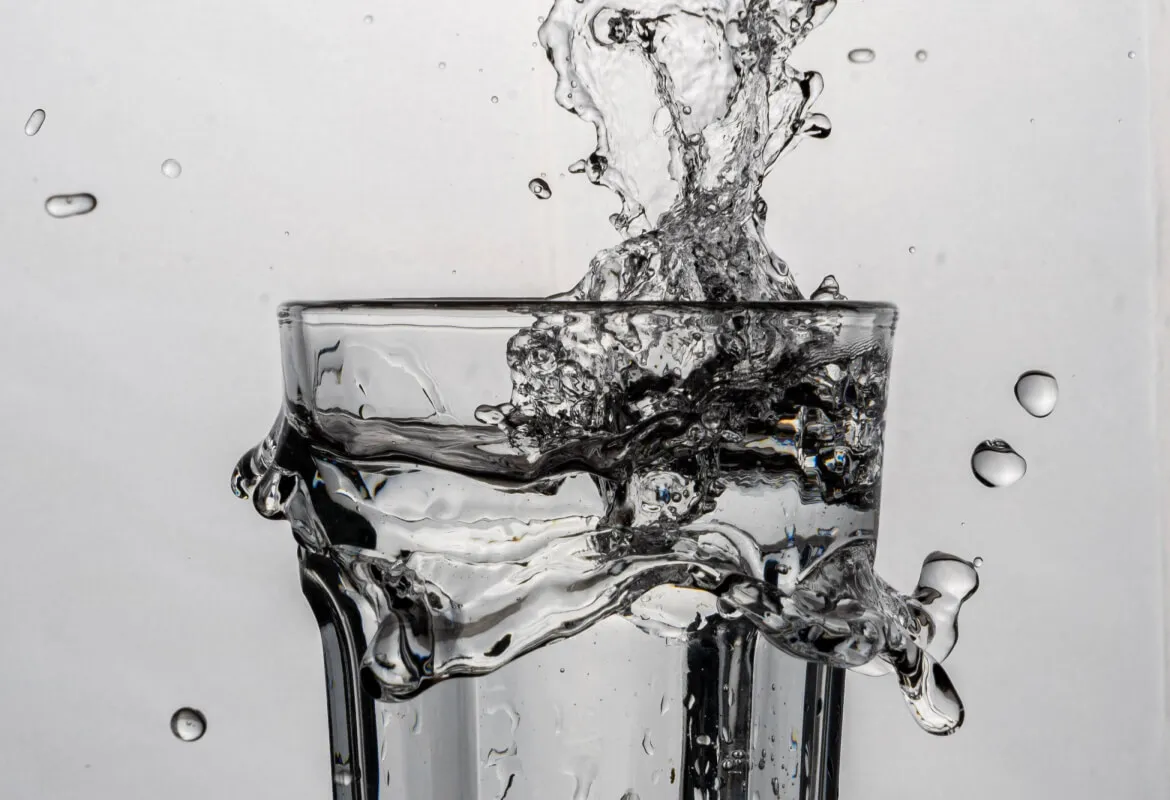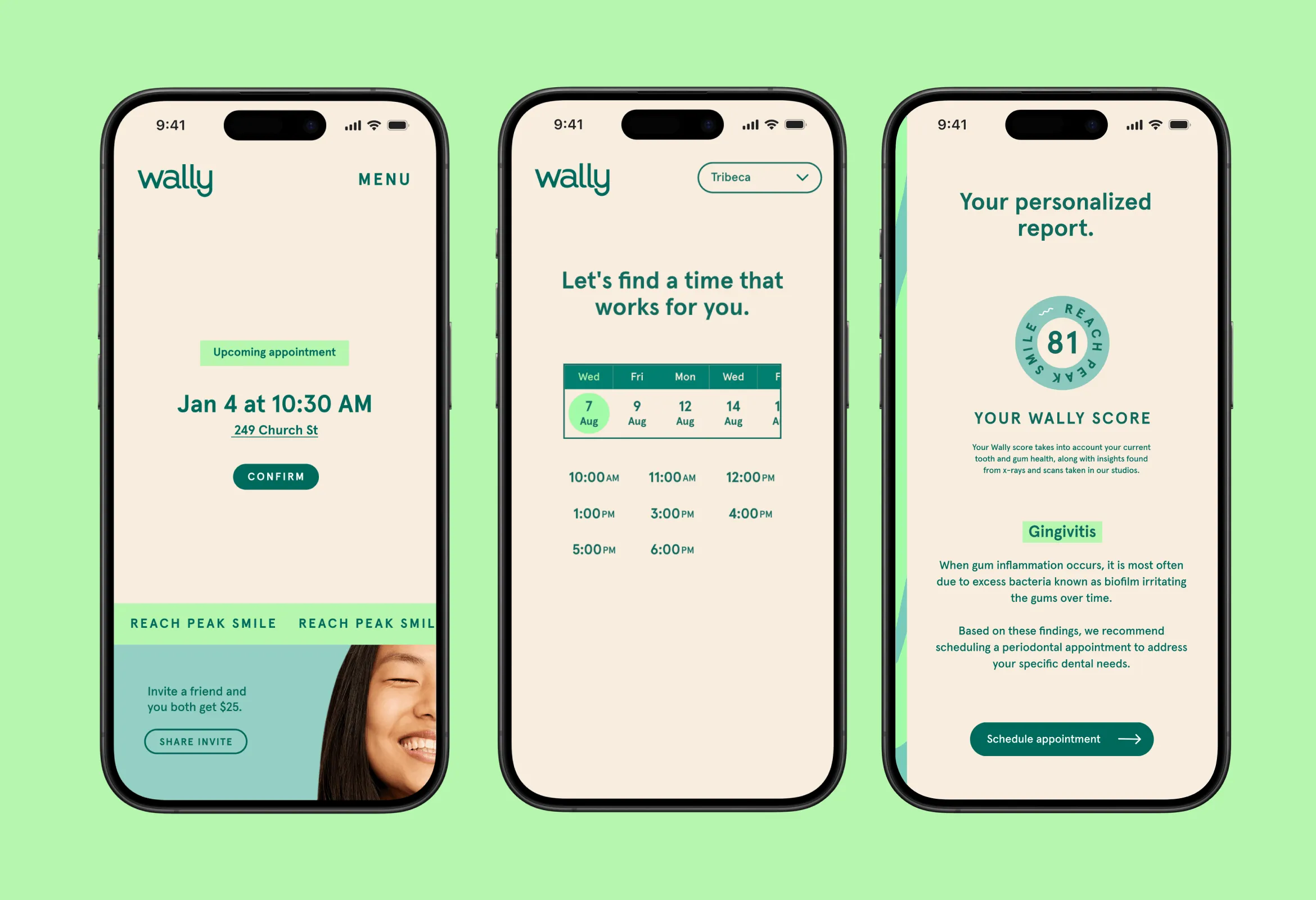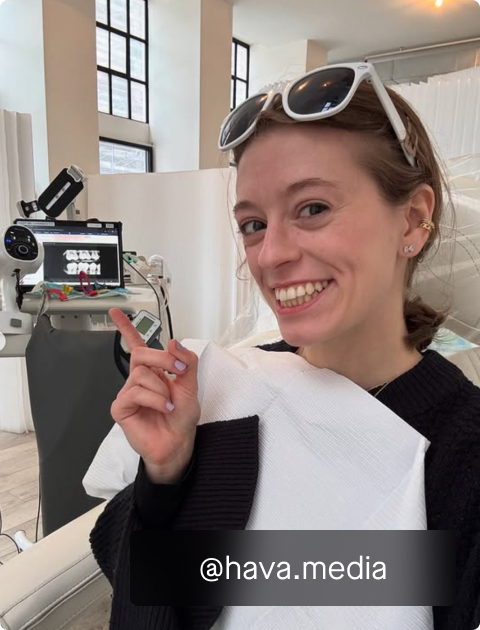Fluoride in well water and public water sources

Remineralization is essential for healthy teeth. During the middle of the 20th century fluoride was the go-to remineralizing agent and was often added to water sources to ensure everybody got access to the remineralization.
Today there is a ton of discussion around fluoride, and fluoride in drinking water. But where did it come from and why is it there?
Fluoride in water: a brief history
When the Brady Bunch was on TV more than 50% of American kids had one or more untreated cavities. Today that number has gone down by more than half. Why? Remineralization from fluoride. Fluoride repairs enamel by remineralizing your teeth. Remineralization is your enamel absorbing minerals to replenish lost calcium and phosphorus. This strengthens your teeth and stops the tooth decaying process.
Most water contains naturally-occurring fluoride, but it's usually too little to prevent tooth decay. After studying the effects of fluoride on teeth health, the City of Grand Rapids in Michigan decided to give it a try and was the first city in the world to add fluoride to its drinking water in 1945. The Grand Rapids water fluoridation study turned into a 15-year project where researchers watched the rates of tooth decay of the ~30,000 schoolchildren in the area. The rate of cavities dropped more than 60% during the study.
Today, many communities practice "community water fluoridation" to expose all people who drink that water source to the remineralizing benefits of fluoride. The Centers for Disease Control and Prevention (CDC) even named fluoridated drinking water to prevent tooth decay as one of the ten greatest public health inventions of the 20th century.
While fewer cavities is awesome, what happens if you have too much fluoride?
Dental fluorosis and its connection to fluoride
The biggest downside to too much fluoride is the risk for dental fluorosis. Fluorosis was identified in the early 20th century in Colorado when Frederick McKay, a dentist in Colorado Springs, noticed a bunch of his patients had stained teeth which he called "Colorado brown stain." Other dentists helped study these teeth and they discovered that these teeth were actually less susceptible to cavities and decay.
In 1931 scientists discovered that the darkened enamel was caused when people drank water with fluoride when they were children, and the condition was named, "dental fluorosis." After this, scientists dug further into fluoride and identified the right amount to balance the benefits of fluoride while minimizing the aesthetic downsides that come with too much fluoride.
The dark spots from Colorado in the early 20th century is an example of "severe" Dental fluorosis, but there are also lesser degrees of fluorosis: you can have moderate, mild, and very mild forms of fluorosis depending on your exposure to fluoride.
Most people today only get a "very mild" form of fluorosis which looks like bright white spots or lines on your teeth. Those white spots are hypomineralization that come from excessive fluoride ingestion (aka systemic fluoride) during the time when your teeth were forming.
Systemic fluoride only affects developing teeth
The good news is your body is only susceptible to fluorosis during "ossification" phases when your bones and teeth are being formed. When you have all of your adult teeth, you are no longer at risk from fluorosis from systemic fluoride.
If you have fluorosis it means you were exposed to fluoride when your teeth were developing. The American Dental Association has published the "tolerable upper intake" of daily fluoride, and you can see how the amount starts small and gradually increases over time.
- 0–6 months 0.7 mg/day
- 7–12 months 0.9 mg/day
- 1–3 years 1.3 mg/day
- 4–8 years 2.2 mg/day
- 9+ years 10 mg/day
What does this mean? Let's say your water supply is fluoridated at 1ppm - that means you'll need to drink 1 liter of water (33 ounces) to ingest 1 mg of fluoride. For reference, New York City's public water is fluoridated at 0.7ppm.
Bottled water without fluoride is super common
Bottled water is a go-to source if you are interested in decreasing the fluoride in your drinking water. Most bottled water on the market doesn't have a significant amount of fluoride.
Bottled water manufacturers are not always required to print the amount of fluoride in their water. In most cases there won't be significant amounts of fluoride in the bottle of water you purchase at your local bodega or gas station. If you want to know how much fluoride is in your favorite bottled water brand, we recommend contacting the manufacturer to get the details on the water's contents.
Bottled water with fluoride - how to check for it
That said, there are bottled waters that do contain fluoride, and in some cases add fluoride. This is helpful if you need to add fluoride into your diet. If a company adds fluoride to their water they will usually say this on their label, and you can always check with the company if you need to confirm fluoride levels in your water.
If you actively avoid fluoride, your teeth will be healthy as long as your oral hygiene routine includes a remineralizing agent to keep your teeth healthy and strong. That's why every Wally studio member gets a customized at-home oral hygiene routine, including a list of products to help you meet your oral health goals. If fluoride isn't your thing, we know just the products to pair with your unlimited dental cleanings and whitenings to keep your teeth as healthy as possible.
Learn more about our membership and join the waitlist if you want to get unlimited dental cleanings when we open near you.
Check out "Fluoride: the ultimate guide" for the pros and cons of fluoride, and how you can remineralize your teeth like a pro.









